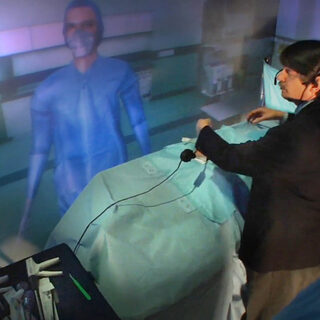Vaccine and Gene Therapy Institute of Florida
The Vaccine and Gene Therapy Institute of Florida (VGTI), an offshoot of the VGTI at Oregon Health and Science University, is dedicated to developing vaccines and immunotherapies to combat diseases such as AIDS, cancer, tuberculosis, and diseases associated with emerging viral infections such as Dengue fever and pandemic influenza. The three-story, 101,000-sf facility contains 11,000 nsf of vivarium/containment space with integrated procedure and in-vivo imaging spaces, nine bioscience research lab groups, specialty support labs, offices, and conference space.







